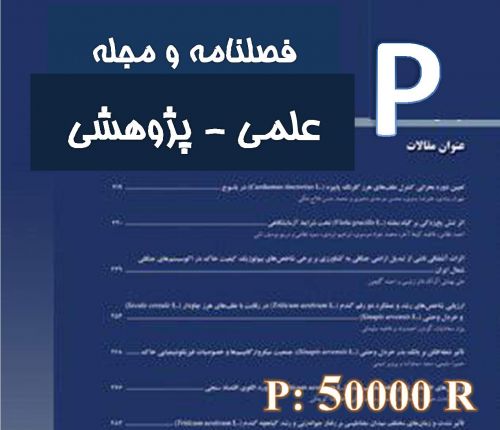Different techniques and methods have been offered to improve the learning of idioms. The goal of the study was to compare the possible effects of Mnemonic keyword method, storytelling, and semantic organization on Second Language (L2) idiom learning. To this end, 90 male students with the age range of 16 to 18 in Shahid Beheshti high school in Avaj, Iran were selected through convenience sampling based on availability. To homogenize the participants, a version of the Oxford Placement Test (OPT) was used. Another pretest was used to minimize the effect of the students' prior knowledge of idioms. Then, the students were divided into three equal groups, and each group was randomly assigned to a different treatment condition. At the end of the treatment, which lasted for 10 one–hour sessions, three posttests were used to compare the effects of the three different methods. Three separate one-way ANOVA procedures were used to analyze the data. The results showed that the group taught through the keyword method outperformed the other two groups in L2 idiom comprehension, production, and retention. Also, the participants of the storytelling group had better performance in L2 idiom comprehension, production and retention than those in the semantic organization group. These findings may have implications for learners, teachers and material designers.
کلید واژگان :Mnemonic Keyword Method, Storytelling, Semantic organization, Idiom
ارزش ریالی : 600000 ریال
با پرداخت الکترونیک
